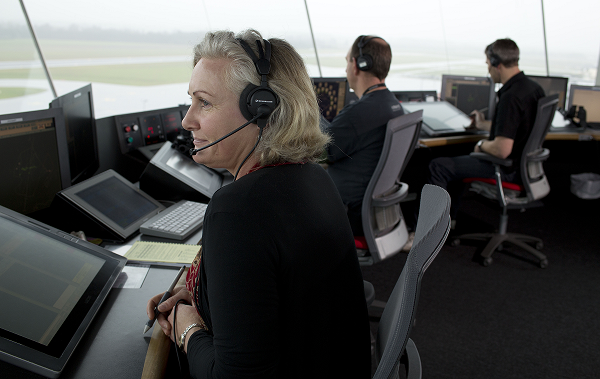Working best in partnership

Conor Mullan, Managing Director of Think Research and Associate Member Representative on the CANSO Executive Committee, explains how the increasing diversity of the ATM industry is its best asset, perhaps even more so in today’s world.
How can Associate Members help to develop the air traffic management industry?
Involvement. As simple as that. Participation is not just incredibly welcome but needed if the industry is to full its potential.
In the ATM industry, there has never been a clear, consistent model of suppliers as the driver, or suppliers as the follower. At various times they have been both. I don’t think we should define industry’s role as being one thing or the other.
Ultimately, we are here to serve the needs of the ANSP because without customers there is no market. But as with many things I think it works best when the suppliers and the ANSP work in partnership.
Some of the best and most successful solutions on the market have been developed in that way and it’s why the industry/ANSP partnership model is becoming more popular. We work best when we work in partnership and with the emerging economic challenges the industry faces, I think this is more critical than ever.
What do you consider to be the most exciting technology or development in the industry?
I think people are expected to mention a hot topic like UAS traffic management or remote towers, but for me the opportunities opening up more generally from digitalisation and data are hugely exciting.
Data in ATM is nothing new – my own background is in simulation and statistics and we have been working with it for years. What has changed recently is that more and more digital platforms are generating more and more data and people are realising the power of data as an asset. That has led to the industry being more careful about the data we have, more curious about the power that is within the data and more innovative in how we exploit our data assets.
In parallel with that, in many parts of the world, the easy gains have already been achieved and we are having to work on the basis of marginal gains. Those margins are often hard to spot with traditional assessments and so data mining, modelling, simulation and analytics can help enormously. The answers are there, we just have to look harder to around them.
Technology and analysis has allowed us to perform risk assessments for reducing separation on final approach; it has allowed the creation of innovative, operationally beneficial models such as digital twins; and it is allowing us to develop machine learning algorithms which are increasing safety in complex environments. None of these are possible without the most basic building block of data.
What other major opportunities and challenges do you see in the industry?
The global ATM picture is rapidly changing with new markets, new technologies, new stakeholders and – more recently – new pressures.
I have listed data as an opportunity so it’s only fair that I list some of the challenges that we still need to solve. I think the world still hasn’t quite figured out how to define organisations in the age of big data and analytics. When data becomes an asset, things stop becoming simple. When sovereignty is mentioned in the context of air traffic, we tend to mean airspace and control of services. That’s certainly true of the last 10 years or more, but there is a new ATM sovereignty issue emerging and it is sovereignty of data.
We see with the emergence of the tech giants like Facebook and Amazon that whoever has the data has the power. We’ve also seen how, since COVID, access to the latest information is critical to decision making. Every ANSP is now a data generator, some of them in ways which could significantly affect how air traffic works in the future. At the same time, we hear everyone say how data in silos is hurting operational performance.
The challenge with data access and data sharing is a little like open market ANSP provision, where we say we want it but what we mean is that we want to access your market while keeping our own one sovereign, thanks very much.
It’s already the same with data. With vertically integrated ANSPs each taking care of their own data, it’s a case of “we really should share data, but you have to go first”. Who is going to blink first?
I also think that the size of the data technology market and lack of industry competitiveness in some areas means that it can be hard to move ideas from niche to truly disruptive.
I was elected onto the CANSO Executive Committee to champion suppliers, no matter what their size. What many smaller organisations experience is that they have the innovation, they have the agility, but they don’t have the political weight compared with the more traditional providers.
CANSO can address this. CANSO can help smaller suppliers become more visible and to have share of voice, while contributing their valuable insight and expertise. This is very important to me and I am proud to take on this mission.




